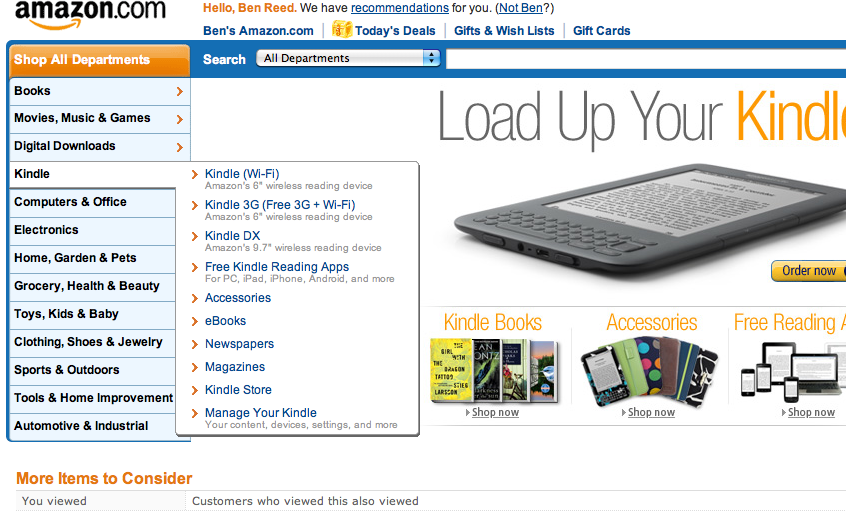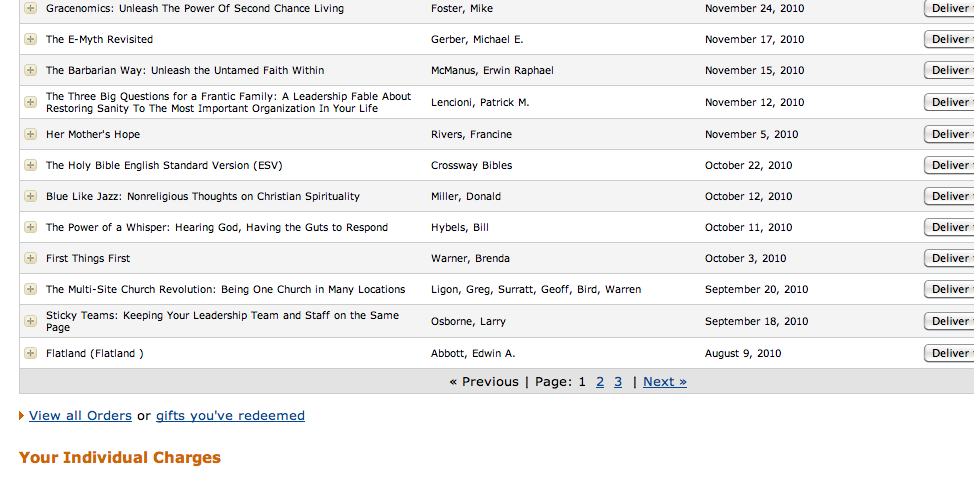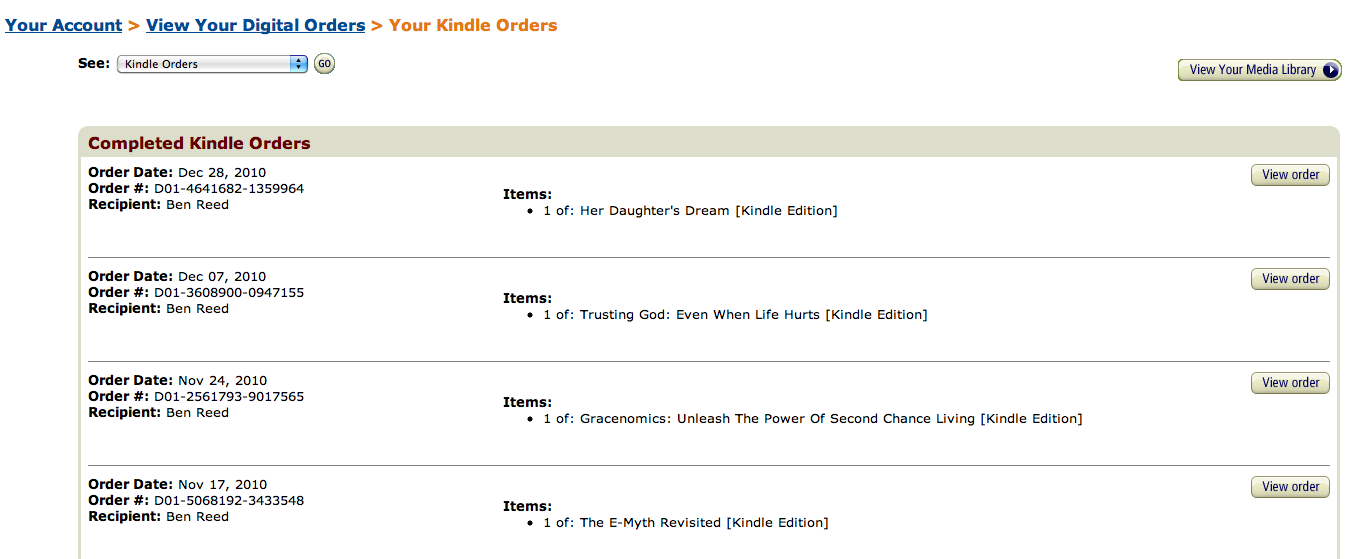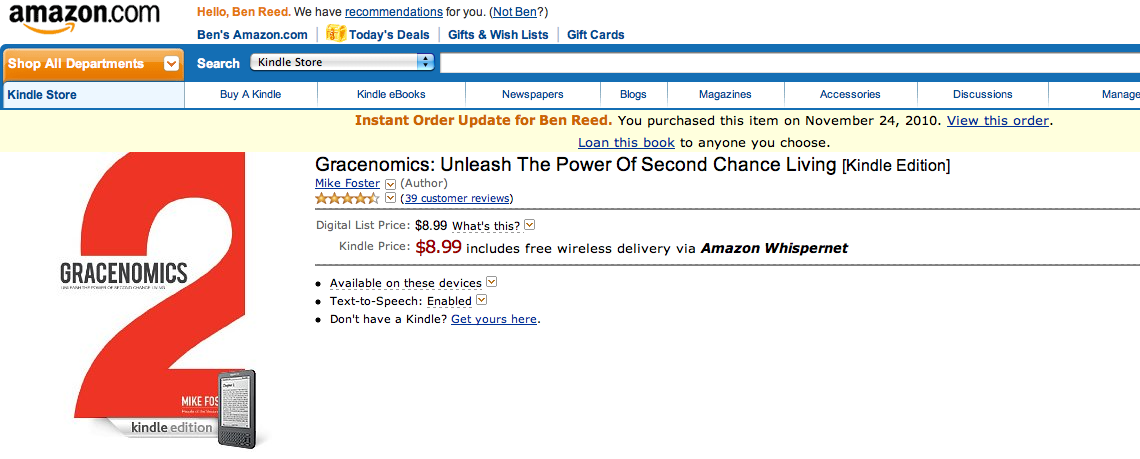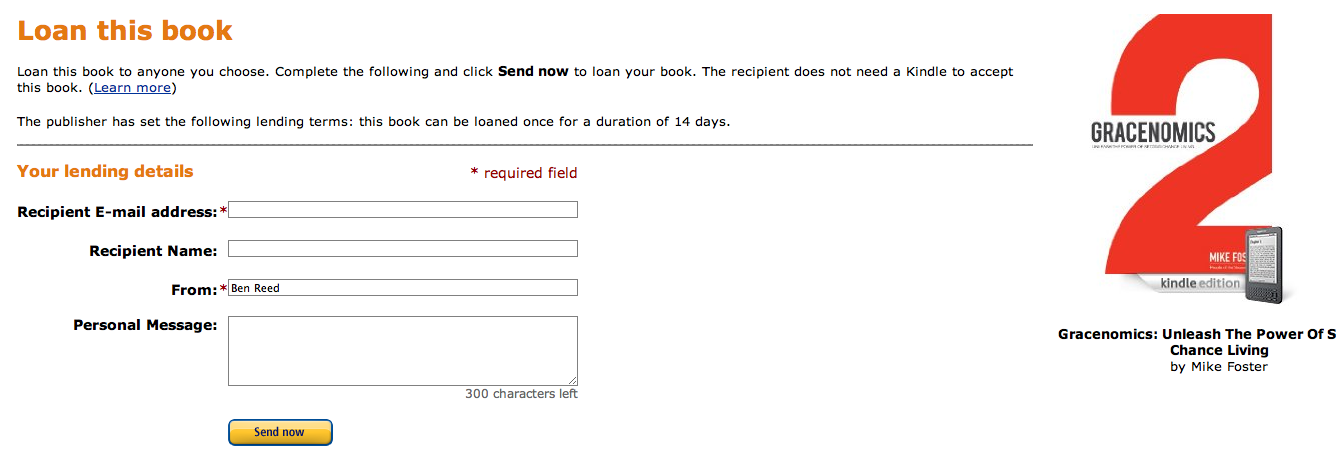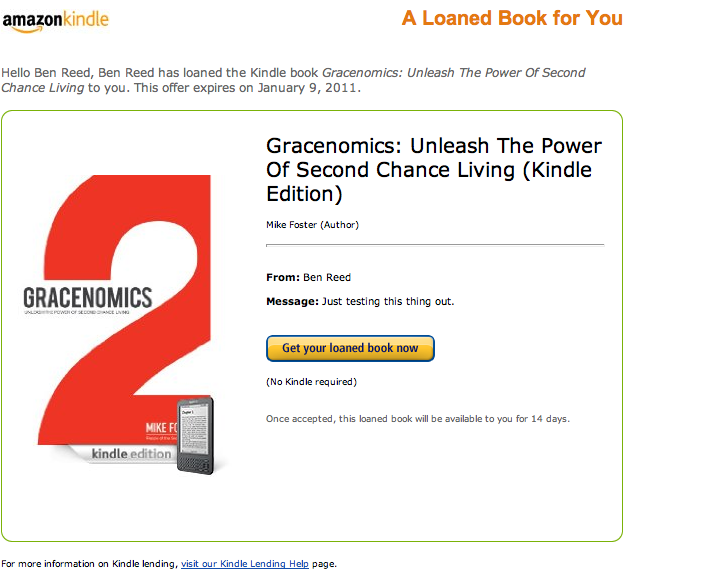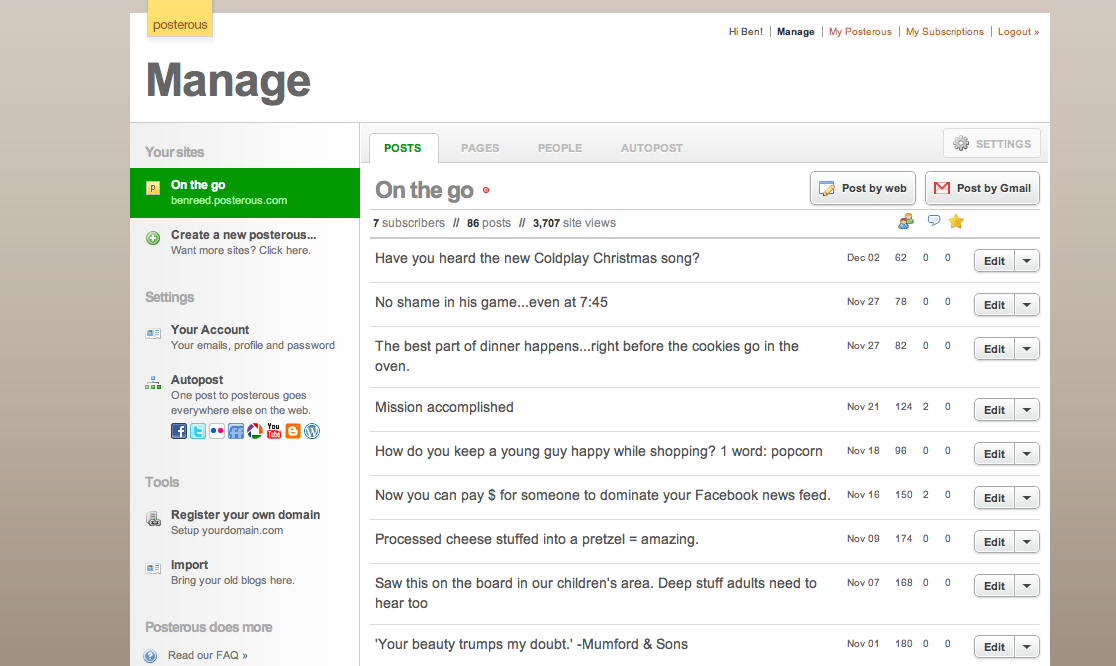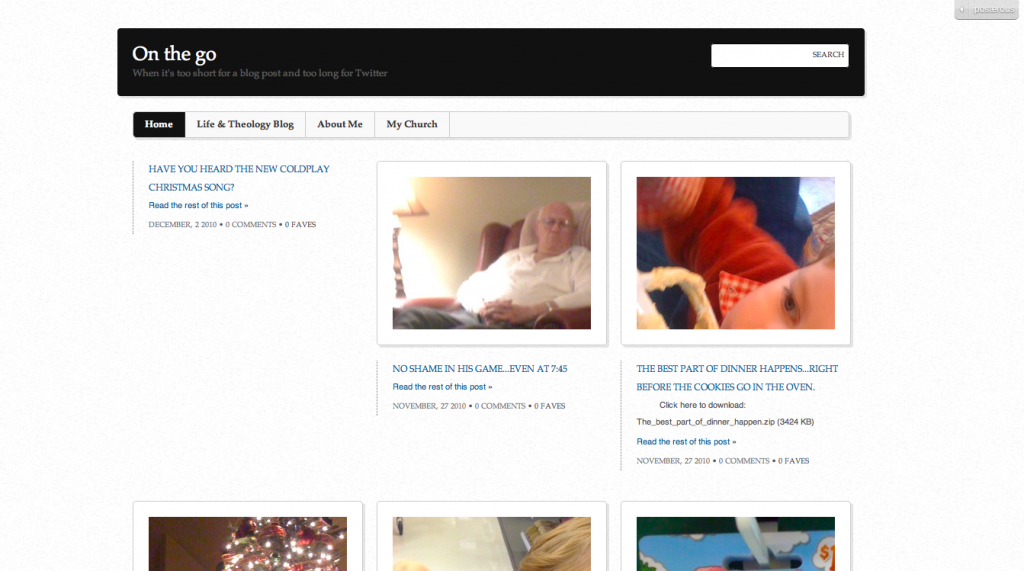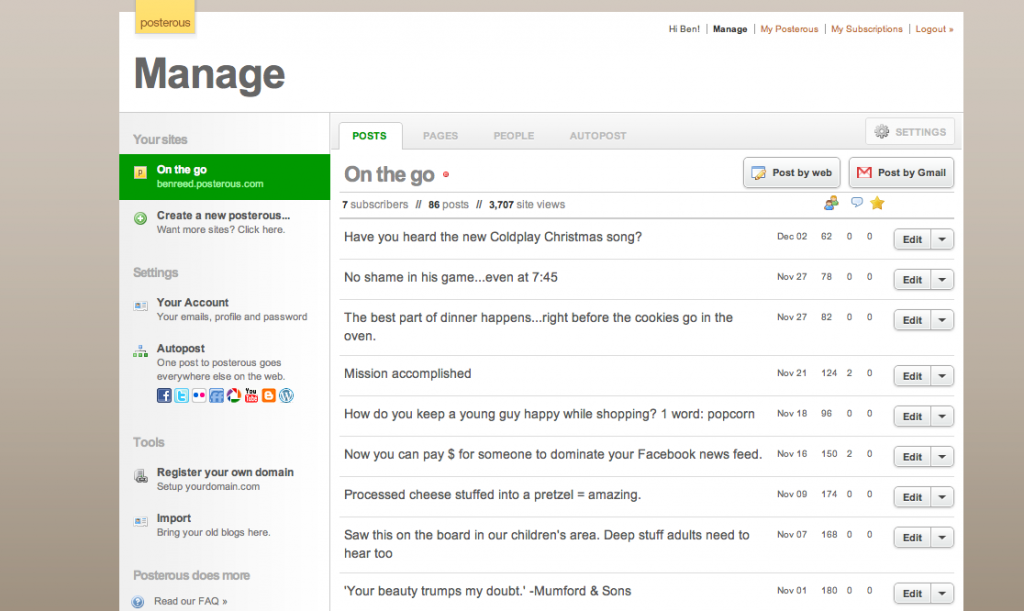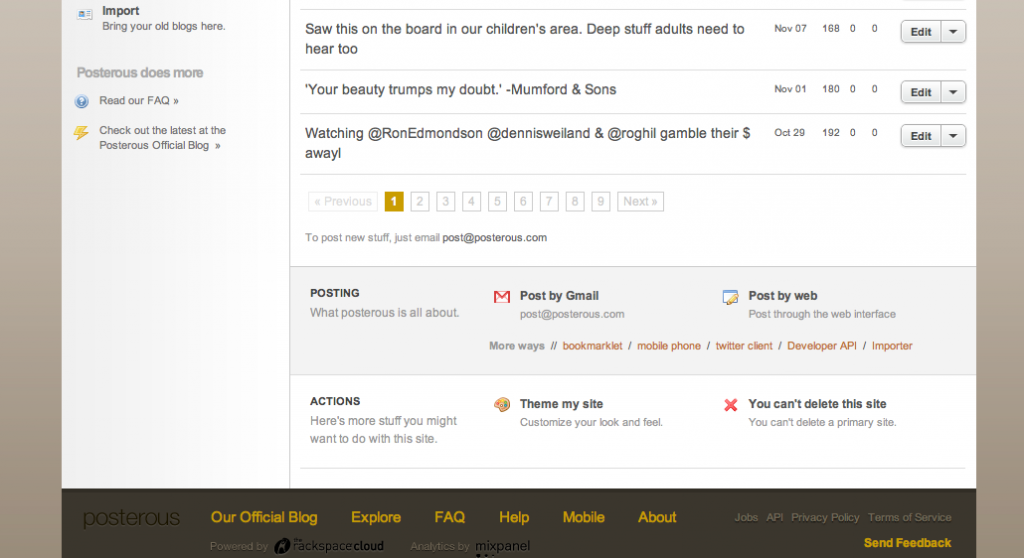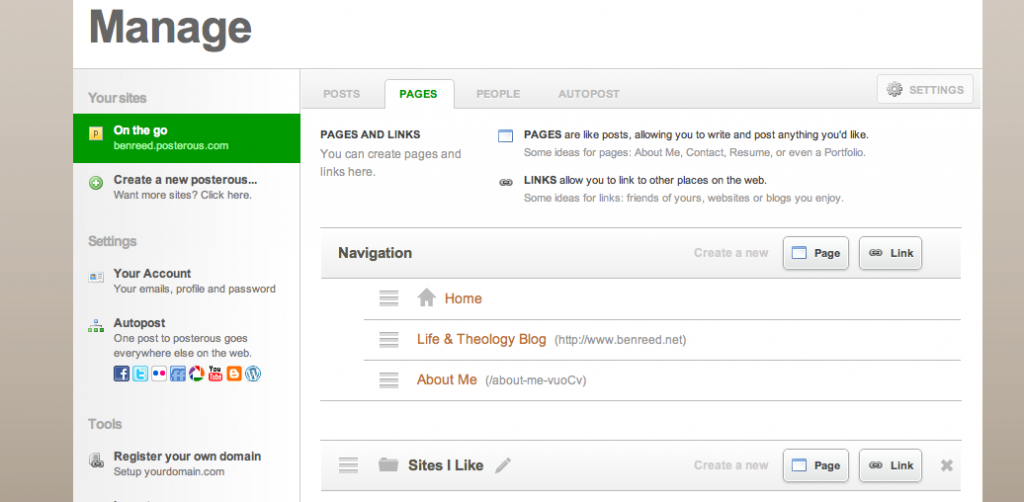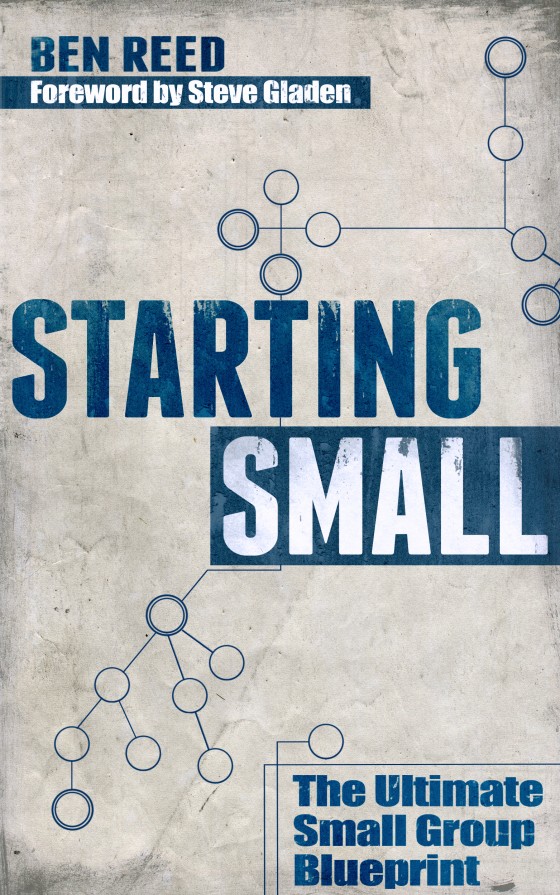I made fun of myself in my last promotion (HERE) of the Small Groups Digizine. I’ll not do that again, thank you very much.
But I will heartily recommend the new edition! Partly because it’s free (you can snag your copy HERE)…mainly because it’s awesome.
Sam O’Neal and the SmallGroups.com team have done a phenomenal job compiling a great resource for small group leaders and pastors. I really think that this format (the digital magazine, a.k.a. the ‘digizine’) could be the future for many magazines, because of the speed of distribution and the low cost of production. In addition, the interactivity is so much greater than reading a traditional magazine. Instead of reading Sam’s editorial intro…you can watch it. Instead of a mere reference to worship songs…you can listen to them right there in your browser while reading the rest of the content. It’s heaven for a multi-tasking, multi-sensory generation.
But I’d like to offer a couple of suggestions for improving the digizine in the future.
Room for improvement
1. Social media – give me a chance to interact with my online community while I’m reading. I’d love the chance to link to direct
2. iPhone/iPad app – I tried viewing this on my phone, and, yes you can pull it up…but it’s tiny. If you try to zoom in, things get wonky. If you try to view it in landscape mode, it shows 2 micropages at once. I’d love to be able to read this more easily on my iPhone…maybe even in an app (I don’t think there’s another small groups app out there). And I could definitely see something like that driving the reader count through the roof, even for archived content on SmallGroups.com, as the app links to “suggested resources.”
3. Publish it more often! You guys are onto something big here…capitalize on it! Twice/year isn’t enough.
4. Add more hyperlinks. Make this digizine even more interactive, providing links back to SmallGroups.com and outside sites. You’re being incredibly generous in offering this resource for free…but providing links for other resources, sites, and ideas is a way to take generosity to the next level.
Have you grabbed your free copy yet?










